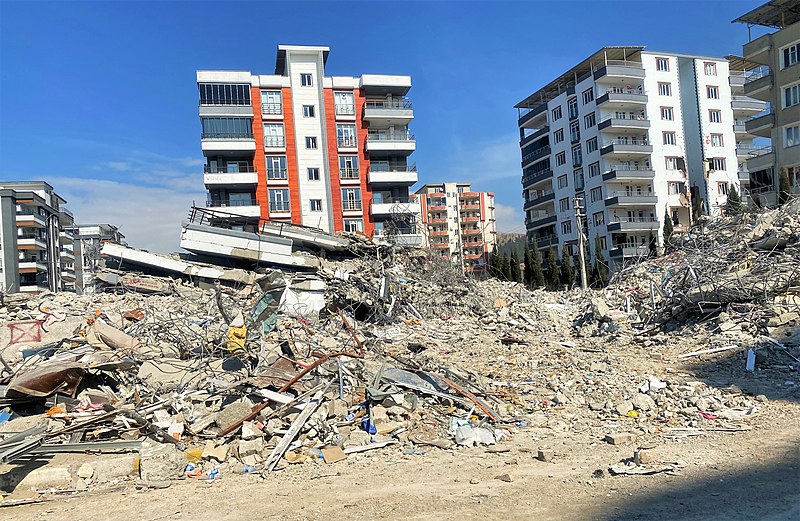Catastrophe In Turkey
Turkey continues to reel from the aftermath of a deadly earthquake.
April 18, 2023
A powerful earthquake struck eastern Turkey on Monday February 6, 2023, causing a unilateral collapse of dozens of buildings and claiming at least 30,000 lives, according to officials. The 7.8 magnitude earthquake struck the town of Karakocan in the Elazig territory, which is around 550 kilometers (340 miles) east of the capital, Ankara, at approximately 4:15 a.m local time, according to the Disaster and Emergency Management Agency (AFAD).
Rescue Teams, including medics, search-and-rescue dogs, and support groups from foreign nations, were dispatched to the area immediately after the earthquake hit. Images shown on social media show buildings such as apartments, schools, and hospitals completely reduced to rubble and debris, emphasizing the true severity and damage that this earthquake had done.
According to AFAD’s head, Mehmet Gulluoglu, hope is still here as “search and rescue operations are continuing.” The province of Van, where the epicenter of the quake was located, is a remote and mountainous region, home to about one million people. Known for its historic sites and scenic areas, it is a popular tourist destination. However, the region is also an earthquake-prone region, and large earthquakes have hit the region in recent years.
The devastating earthquake mainly affected Turkey and Syria, but other neighboring countries such as Lebanon, Greece, and Israel also felt the tremors of this earthquake. Turkey is prone to earthquakes because of its position on fault lines and this specific earthquake was one of over 20 from 1990 to today.
In response to the earthquake, President Recep Tayyip Erdogan has announced that the government will provide financial assistance to those affected by the quake, and has vowed to rebuild the damaged areas. However, many people in the affected region are angry at what they see as a lack of preparation and response by the government, and have called for greater accountability and transparency in the management of disaster relief efforts. People in Turkey want to see who is accountable for this lack of preparedness and response for the disaster.
Along with this, many people in Turkey have questions about why this specific earthquake caused such catastrophic damage to buildings. While the obvious answer to this would be because of the fact the earthquake was a magnitude of 7.8, people also seem to have found out that the structural design of buildings impacted the severity of the earthquake. The specific design of dozens of buildings caused them to have a,”pancake collapse,” meaning the roofs and or floors stacked on top of each other.
At the time of publication, people impacted by the devastating earthquake are still trying to be located. The earthquake in Turkey is a tragic reminder of the devastating impact that natural disasters can have on communities, and the urgent need for governments and civil society to work together to prepare for and respond to such events. As Turkey continues to grapple on to hope, more search-and-rescue efforts remain, meaning more people could possibly be saved from this natural disaster.








